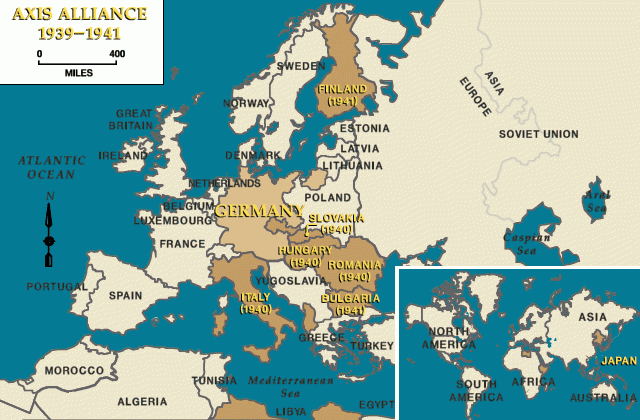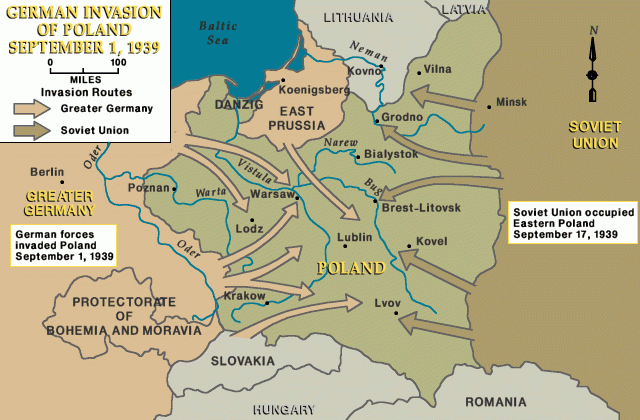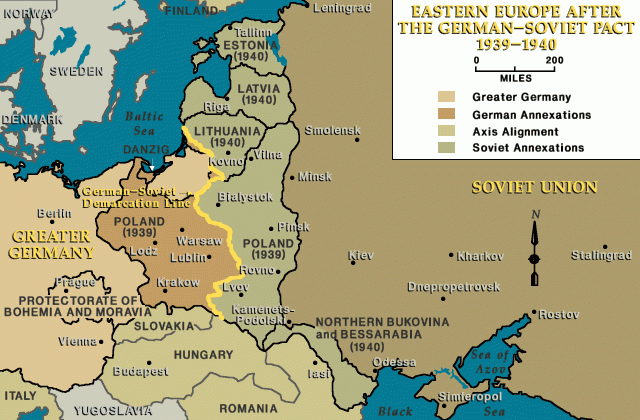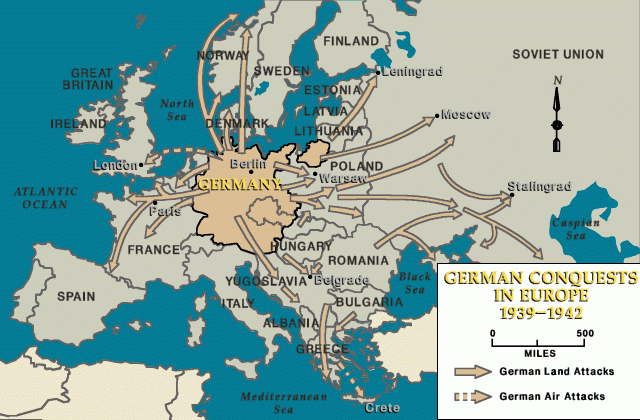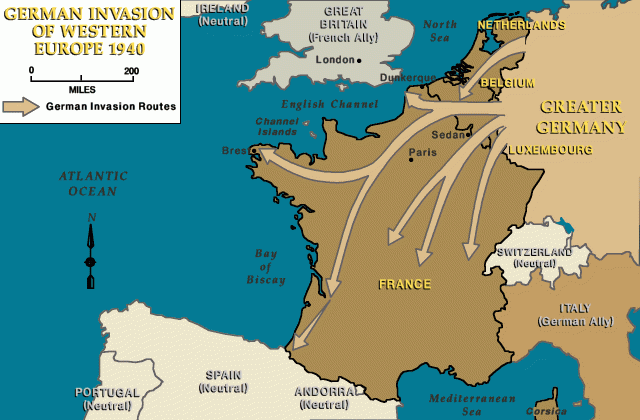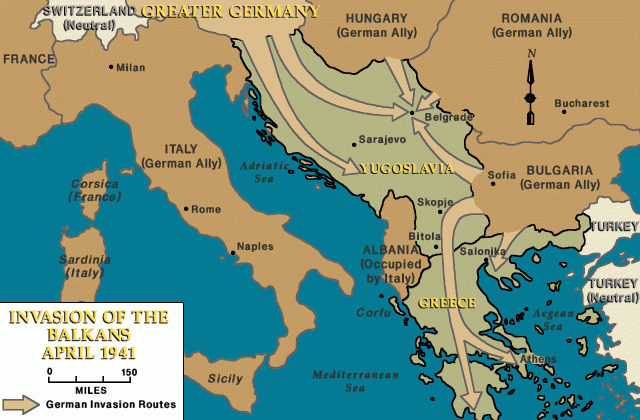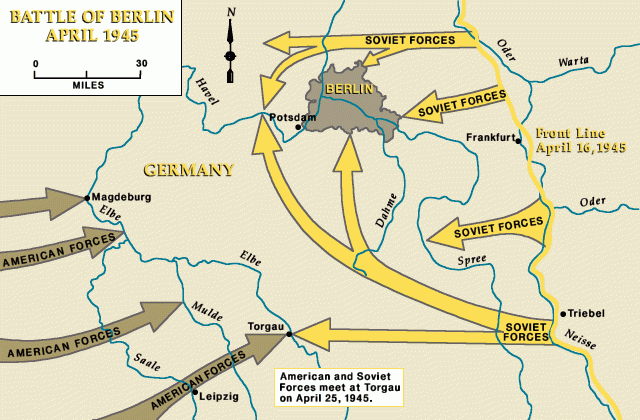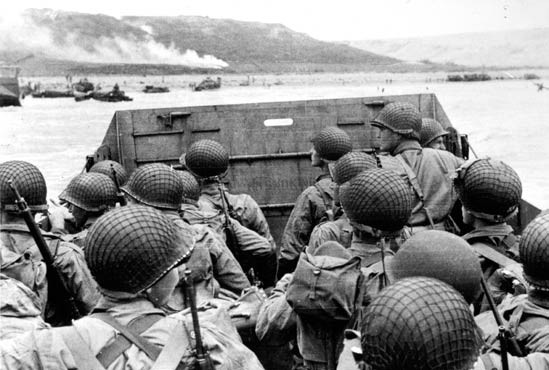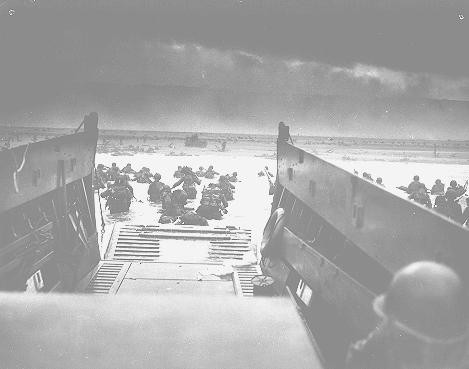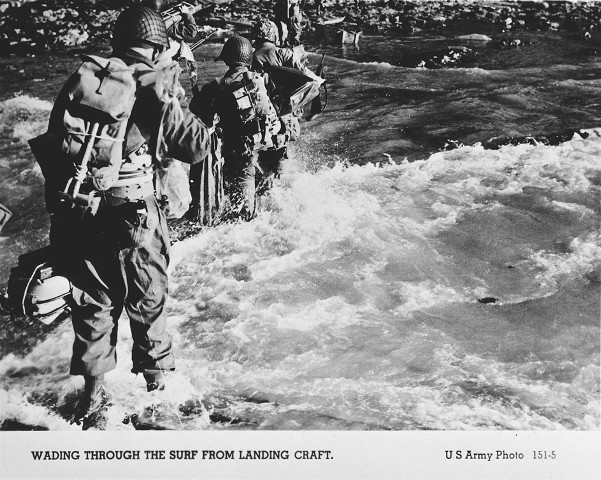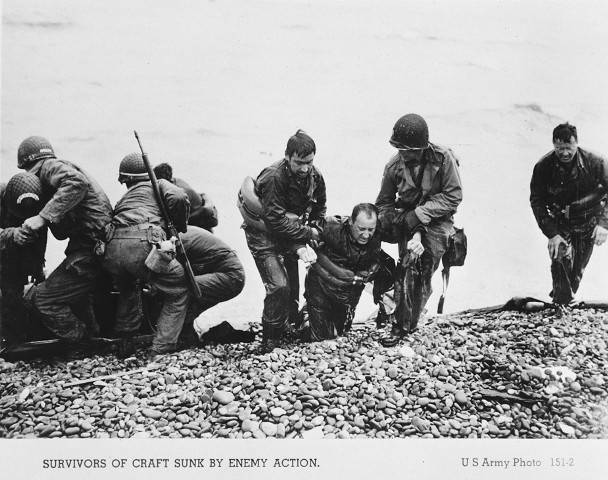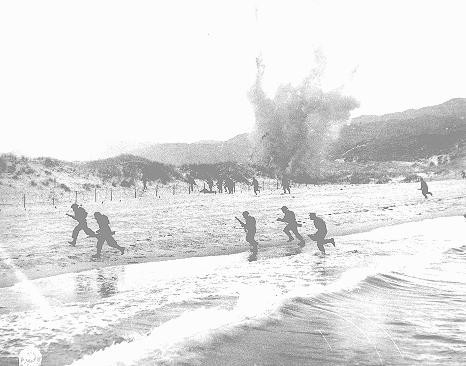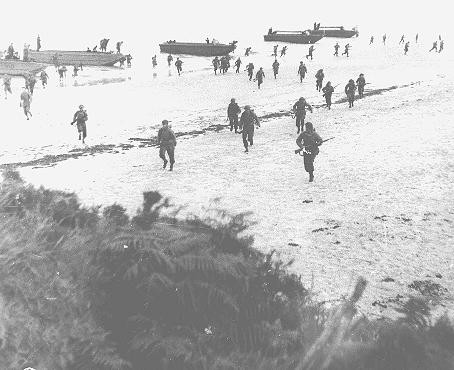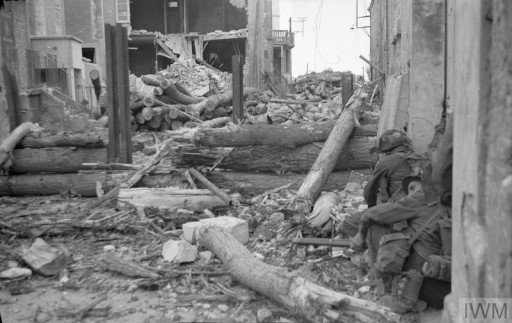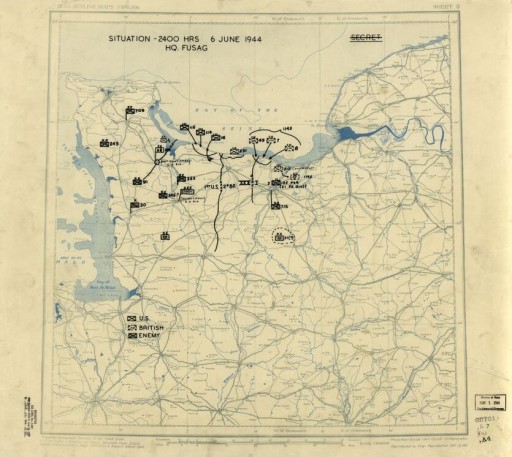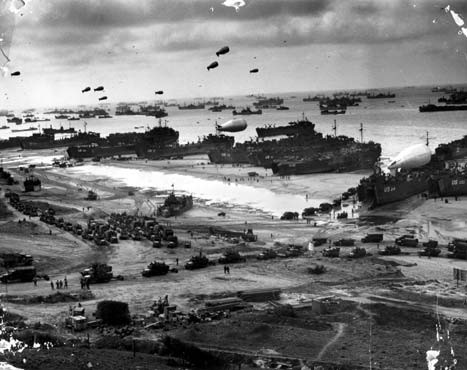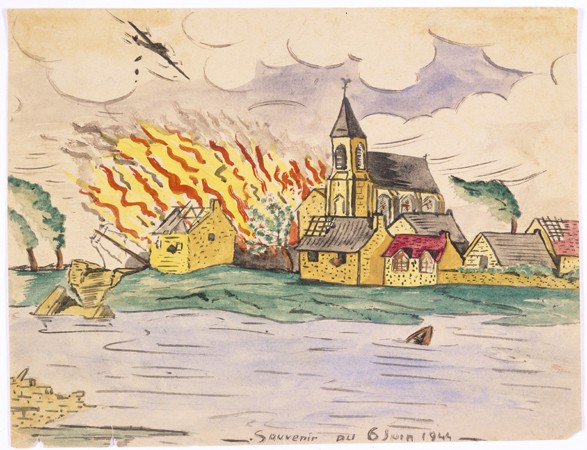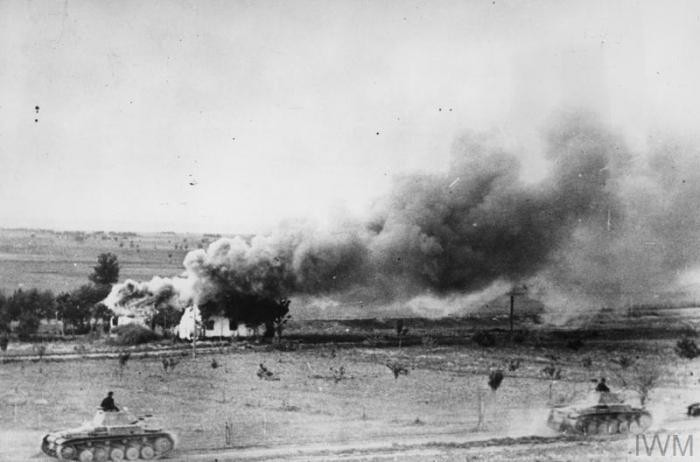
World War II in Europe
The Holocaust occurred in the broader context of World War II. World War II was the largest and most destructive conflict in history. Adolf Hitler and the Nazi regime envisioned a vast, new empire of "living space" (Lebensraum) for Germans in eastern Europe by the removal of existing populations. The Nazi goal to strengthen the German “master race” resulted in the persecution and murder of Jews and many others.
Key Facts
-
1
Germany started World War II by invading Poland on September 1, 1939. In subsequent years, Germany invaded 11 countries.
-
2
Most European Jews lived in countries that Nazi Germany would occupy or influence during World War II. Between 1941 and 1944, Nazi German authorities deported millions of Jews from Germany, from occupied territories, and from the countries of its Axis allies to ghettos and to killing centers.
-
3
The Nazi leadership began planning a European war from the day the Nazis came to power in late January 1933. War and genocidal policy would come to be inextricably linked.
The Holocaust took place in the broader context of World War II. Still reeling from Germany's defeat in World War I, Hitler's government envisioned a vast, new empire of "living space" (Lebensraum) in eastern Europe. The realization of German dominance in Europe, its leaders calculated, would require war.
1939
After securing the neutrality of the Soviet Union (through the August 1939 German-Soviet Pact of nonaggression), Germany started World War II by invading Poland on September 1, 1939. Britain and France responded by declaring war on Germany on September 3. Within a month, Poland was defeated by a combination of German and Soviet forces and was partitioned between Nazi Germany and the Soviet Union.
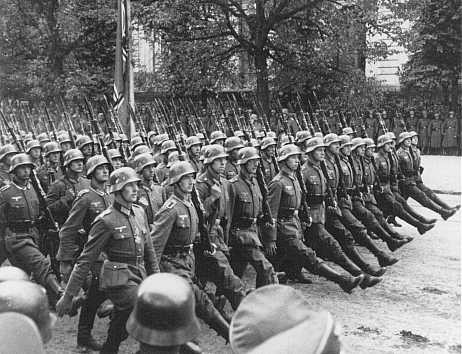
1940
The relative lull in fighting which followed the defeat of Poland ended on April 9, 1940, when German forces invaded Norway and Denmark. On May 10, 1940, Germany began its assault on western Europe by invading the Low Countries (Netherlands, Belgium, and Luxembourg), which had taken neutral positions in the war, as well as France. On June 22, 1940, France signed an armistice with Germany, which provided for the German occupation of the northern half of the country and permitted the establishment of a collaborationist regime in the south with its seat in the city of Vichy.
With German encouragement, the Soviet Union occupied the Baltic states in June 1940 and formally annexed them in August 1940. Italy, a member of the Axis (countries allied with Germany), joined the war on June 10, 1940. From July 10 to October 31, 1940, the Nazis waged, and ultimately lost, an air war over England, known as the Battle of Britain.
1941
After securing the Balkan region by invading Yugoslavia and Greece on April 6, 1941, the Germans and their allies invaded the Soviet Union on June 22, 1941, in direct violation of the German-Soviet Pact. In June and July 1941, the Germans also occupied the Baltic states. Soviet leader Joseph Stalin then became a major wartime Allied leader, in opposition to Nazi Germany and its Axis allies. During the summer and autumn of 1941, German troops advanced deep into the Soviet Union, but stiffening Red Army resistance prevented the Germans from capturing the key cities of Leningrad and Moscow. On December 6, 1941, Soviet troops launched a significant counteroffensive that drove German forces permanently from the outskirts of Moscow. One day later, on December 7, 1941, Japan (one of the Axis powers) bombed Pearl Harbor, Hawaii. The United States immediately declared war on Japan. On December 11, Germany and Italy declared war on the United States as the military conflict widened.
1942–43
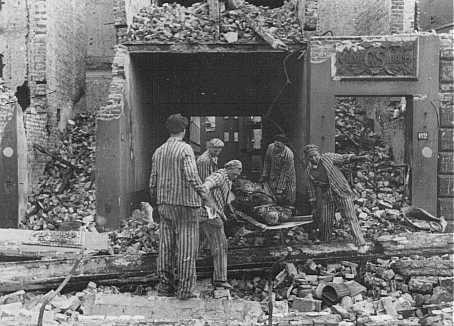
In May 1942, the British Royal Air Force carried out a raid on the German city of Cologne with a thousand bombers, for the first time bringing war home to Germany. For the next three years, Allied air forces systematically bombed industrial plants and cities all over the Reich, reducing much of urban Germany to rubble by 1945. In late 1942 and early 1943, the Allied forces achieved a series of significant military triumphs in North Africa. The failure of French armed forces to prevent Allied occupation of Morocco and Algeria triggered a German occupation of collaborationist Vichy France on November 11, 1942. Axis military units in Africa, approximately 150,000 troops in all, surrendered in May 1943.
On the eastern front, during the summer of 1942, the Germans and their Axis allies renewed their offensive in the Soviet Union, aiming to capture Stalingrad on the Volga River, as well as the city of Baku and the Caucasian oil fields. The German offensive stalled on both fronts in the late summer of 1942. In November, Soviet troops launched a counteroffensive at Stalingrad and on February 2, 1943, the German Sixth Army surrendered to the Soviets. The Germans mounted one more offensive at Kursk in July 1943, the biggest tank battle in history, but Soviet troops blunted the attack and assumed a military predominance that they would not again relinquish during the course of the war.
In July 1943, the Allies landed in Sicily and in September went ashore on the Italian mainland. After the Italian Fascist Party's Grand Council deposed Italian premier Benito Mussolini (an ally of Hitler), the Italian military took over and negotiated a surrender to Anglo-American forces on September 8. German troops stationed in Italy seized control of the northern half of the peninsula, and continued to resist. Mussolini, who had been arrested by Italian military authorities, was rescued by German SS commandos in September and established (under German supervision) a neo-Fascist puppet regime in northern Italy. German troops continued to hold northern Italy until surrendering on May 2, 1945.
1944
On June 6, 1944 (D-Day), as part of a massive military operation, over 150,000 Allied soldiers landed in France, which was liberated by the end of August. On September 11, 1944, the first US troops crossed into Germany, one month after Soviet troops had crossed the eastern border. In mid-December the Germans launched an unsuccessful counterattack in Belgium and northern France, known as the Battle of the Bulge. Allied air forces attacked Nazi industrial plants, such as the one at the Auschwitz camp (though the gas chambers were never targeted).
1945

The Soviets began an offensive on January 12, 1945, liberating western Poland and forcing Hungary (an Axis ally) to surrender. In mid-February 1945, the Allies bombed the German city of Dresden, killing up to 25,000 civilians. American troops crossed the Rhine River on March 7, 1945. A final Soviet offensive on April 16, 1945, enabled Soviet forces to encircle the German capital, Berlin.
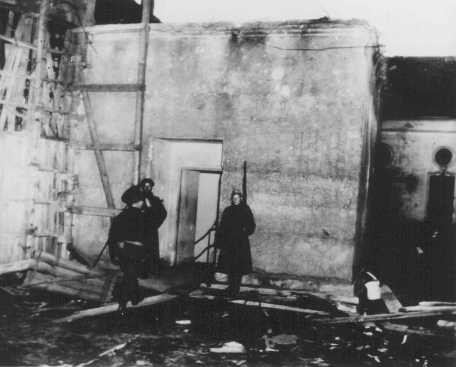
As Soviet troops fought their way towards the Reich Chancellery, Hitler committed suicide on April 30, 1945. On May 7, 1945, Germany surrendered unconditionally to the Western Allies at Reims and on May 9 to the Soviets in Berlin. In August, the war in the Pacific ended soon after the US dropped atomic bombs on the Japanese cities of Hiroshima and Nagasaki, killing 120,000 civilians. Japan formally surrendered on September 2.
World War II resulted in an estimated 55 million deaths worldwide. It was the largest and most destructive conflict in history.
Critical Thinking Questions
- While fighting against the Allied armies, how was the German military involved in the murder of the European Jews at the same time?
- Why weren’t the camps and killing centers bombed by the Allies?
- What was the relationship between the progress of the war and the mass murder of Europe’s Jews?


